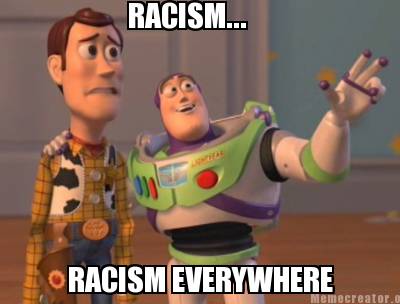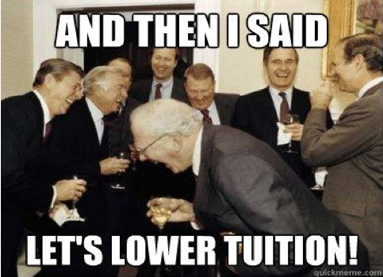Some reflections after yesterday’s class:
First, in addition to hoping I didn’t offend anyone by asking whether comp classes are remedial, I wonder if classes that cater to struggling students actually do the most good for the world. Helping a poor student learn to write a fair paper might be a greater contribution to civilization than helping a good writer learn to be even better (normative judgments galore, so please feel free to suggest alternatives). But talented and even privileged students need teachers too, and maybe there’s no way to quantify the relative social value of each position. Nevertheless, maybe it’s useful to think about this odd question. As Iris mentioned in class, people often ask us, “why literature,” and further, “why literature in a world so fraught with suffering and injustice?” I think those questions should be front-and-center. Questions about why the humanities matter, and more specifically, why our work matters both locally and globally, are uncomfortable and even a little embarrassing, but from my nascent standpoint in this program, we should embrace them. We have some good answers, even if they’re difficult to articulate to a board of trustees.
Do we avoid these questions because any answers that would validate the profession to those outside of it would seem too elitist or encrusted with naive humanism to those within it? The word “humanism” vexes me, mostly because the threat of being attached to it stymies some potentially fruitful inquiries. The act of considering the value of one’s profession should transcend its products. In any other profession, if you propose that your work has broad, indirect social value, you are not automatically associated with Matthew Arnold or a 400-year-old historical pedagogy with all of its bells and whistles. It seems to me those uncomfortable questions about value and legitimacy already rumble below the surface of many other conflicts, and skirting those underlying questions produces a lot of alienation and anxiety—perhaps the same alienation and anxiety that causes departments to fragment and isolate themselves from one another’s potential accusations of invalidity. Do fears of annihilation and the lurking thought that others doubt our right to exist explain the reluctance to “teach the conflicts?” In that light, the sand looks like a comfortable place to put one’s head.
On a separate note, I wanted to mention my favorite part of Graff’s book: the description of the later career of Hiram Corson, the professor who inspired his students to grand poetic rapture at Cornell. On p. 49, Graff describes Corson’s increasingly erratic behavior, which included conducting séances in class “with a chair set for Tennyson or Browning, solemnly recording their poetic messages from the other world.” That is very funny, of course, but it also raises questions about the value of boldness, eccentricity, and personality in the context of academia. My favorite law school professor was a notorious—tenured, natch—eccentric, and while I never saw him resort to antics as outlandish as Corson’s, he did plenty of totally unorthodox things in class that were intelligent, inspiring, and exceedingly rare. Is this a dying phenomenon now that tenured positions are growing so scarce? We all know about the threats to academic freedom and innovation in research, but what about pedagogical creativity that challenges students’ ideas about authority and academic structure? And are academics their own enemies, driven to police each other for idiosyncrasies in the competition for limited resources?
It’s worth noting that Corson’s classes are still being written and thought about 140 years later, and it’s not because of his research. His teaching was—quite literally—legendary. Even if his behavior was insane or the worst kind of showboating, one thing is clear: Corson made people think, and he’s still making me think right now in 2014. Is he a dead white guy unworthy of our attention? Probably. Have there been plenty of other teachers more deserving of our attention whose careers have disappeared in the folds of racist, sexist history? Absolutely. But I’d argue that Corson hacked some chinks in the walls of a hegemonic system that actively suppressed independent thought. And that makes one damn good answer to the question, “why literature?”




